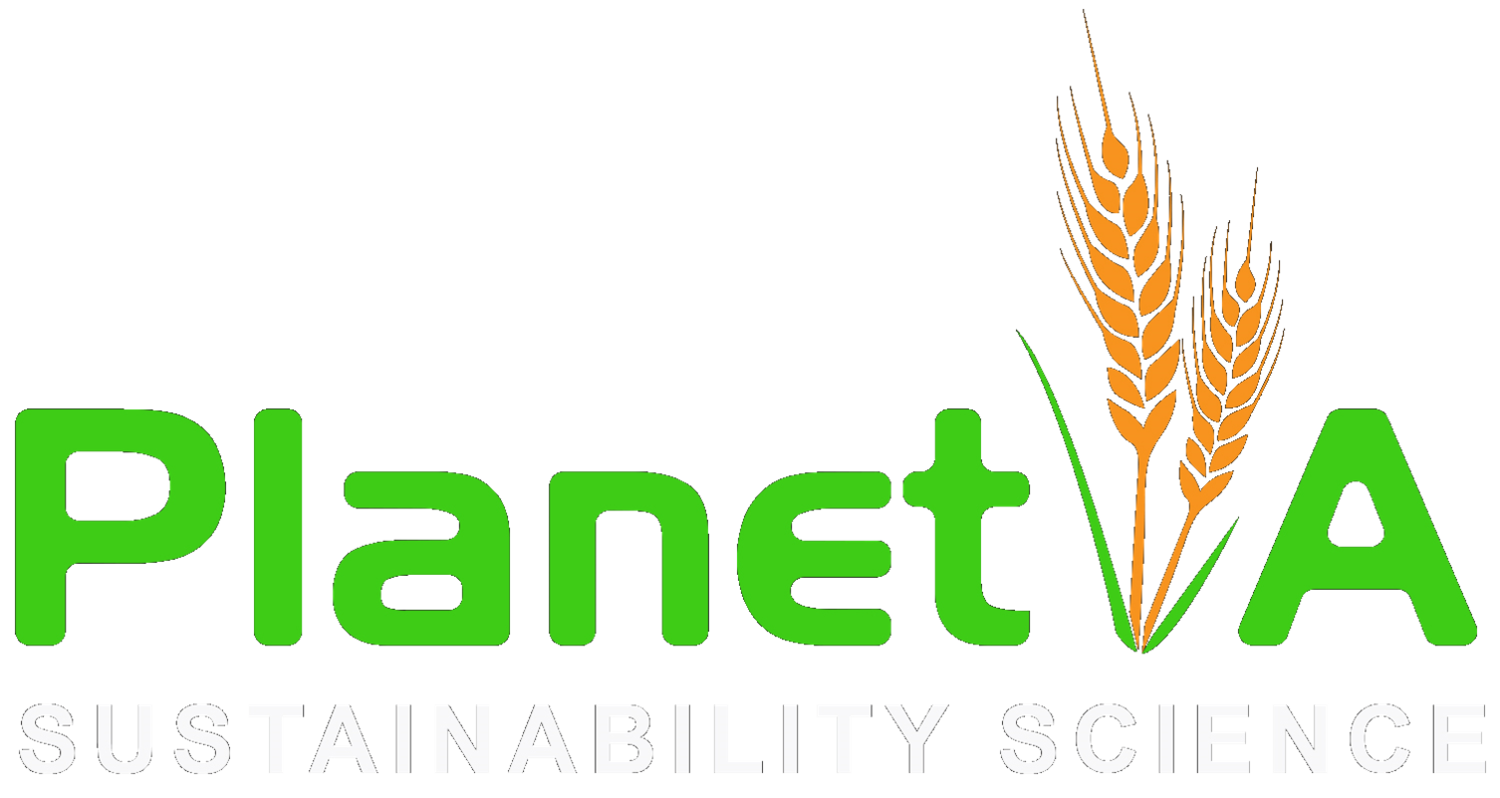Climate-friendly and nutrition-sensitive interventions can close the global dietary nutrient gap while reducing GHG emissions
2023
Authors
Geyik, Ö., Hadjikakou, M., & Bryan, B.A.Abstract
Sustainable food systems require malnutrition and climate change to be addressed in parallel. Here, we estimate the non-CO2 greenhouse gas emissions resulting from closing the world’s dietary nutrient gap—that between country-level nutrient supply and population requirements—for energy, protein, iron, zinc, vitamin A, vitamin B12 and folate under five climate-friendly intervention scenarios in 2030. We show that improving crop and livestock productivity and halving food loss and waste can close the nutrient gap with up to 42% lower emissions (3.03 Gt CO2eq yr−1) compared with business-as-usual supply patterns with a persistent nutrient gap (5.48 Gt CO2eq yr−1). Increased production and trade of vegetables, eggs, and roots and tubers can close the nutrient gap with the lowest emissions in most countries—with ≤23% increase in total caloric production required for 2030 relative to 2015. We conclude that the world’s nutrient gap could be closed without exceeding global climate targets and without drastic changes to national food baskets.
Fig. 4: World map colour based on food groups that required the largrest additional supply.

